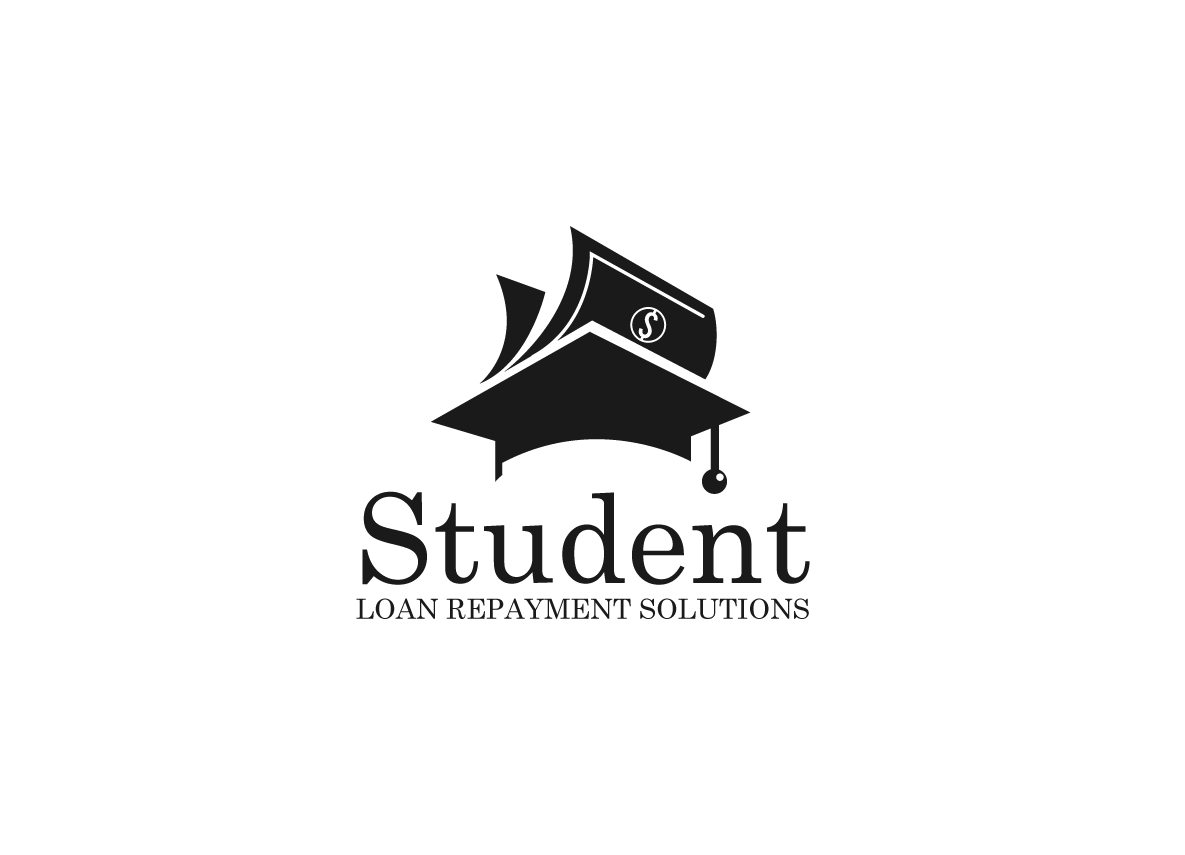Introduction
Student loan default can have serious financial consequences, including damaged credit scores, wage garnishment, and loss of eligibility for additional federal student aid. However, borrowers have options to recover from default and restore their loans to good standing. One such option is loan rehabilitation, a process that allows borrowers to make a series of agreed-upon payments to remove their loans from default status.
This comprehensive guide will walk you through the loan rehabilitation process, its benefits, eligibility criteria, and important considerations to help you make informed decisions about managing your student loans.
Understanding Student Loan Default
Before diving into rehabilitation, it’s essential to understand what constitutes a defaulted student loan. A federal student loan enters default when a borrower fails to make payments for 270 days (approximately nine months). Defaulting on a student loan can lead to:
-
Credit Damage: The default status is reported to credit bureaus, negatively impacting your credit score.
-
Collection Activities: The government may initiate wage garnishment, tax refund seizures, and other collection efforts.
-
Loss of Eligibility: Borrowers lose eligibility for deferment, forbearance, and additional federal student aid.
Understanding these consequences underscores the importance of addressing defaulted loans promptly.
What Is Loan Rehabilitation?
Loan rehabilitation is a federal program that allows borrowers to bring their defaulted student loans back into good standing by making a series of agreed-upon payments. Key aspects of loan rehabilitation include:
-
Payment Agreement: Borrowers agree to make nine voluntary, reasonable, and affordable monthly payments within 20 days of the due date during a 10-month period.
-
One-Time Opportunity: Each defaulted loan can only be rehabilitated once, so it’s crucial to commit to the process.
-
Restored Benefits: Successful rehabilitation restores eligibility for deferment, forbearance, and additional federal student aid.
-
Credit Report Update: The default status is removed from your credit report, although late payments prior to default remain.
Steps to Rehabilitate a Student Loan
– Identify Your Loan Holder
To begin the rehabilitation process, you must contact your loan holder. If you’re unsure who holds your loan:
-
Log in to Your Account: Visit and log in to your account to find your loan details.
-
Contact the Default Resolution Group: If your loan has been transferred for collection, you may need to work with the Default Resolution Group or another collection agency.
– Agree on a Reasonable Payment Amount
Your loan holder will calculate a reasonable monthly payment amount, typically 15% of your discretionary income. If this amount is unaffordable:
-
Request an Alternative Payment: You can provide documentation of your income and expenses to negotiate a lower payment, sometimes as low as $5 per month.
Once you’ve agreed on a payment amount:
-
Obtain the Agreement: Your loan holder will provide a written rehabilitation agreement outlining the terms.
-
Review and Sign: Carefully review the agreement, ensure you understand the terms, and sign it to formalize the process.
– Make Timely Payments
After signing the agreement:
-
Begin Payments: Start making your agreed-upon monthly payments, ensuring they are received within 20 days of the due date.
-
Avoid Missed Payments: Missing a payment can jeopardize your rehabilitation progress, so it’s crucial to stay on schedule.
– Complete the Rehabilitation Process
Once you’ve made nine on-time payments:
-
Loan Transfer: Your loan will be transferred to a new servicer, and the default status will be removed from your credit report.
-
Resume Regular Payments: Work with your new servicer to establish a repayment plan that fits your financial situation.
Benefits of Loan Rehabilitation
Rehabilitating a defaulted student loan offers several advantages:
-
Credit Improvement: Removing the default status can positively impact your credit score.
-
Restored Eligibility: You’ll regain access to deferment, forbearance, and federal student aid programs.
-
Cessation of Collection Activities: Wage garnishment and other collection efforts will cease after successful rehabilitation.
-
Flexible Repayment Options: Post-rehabilitation, you can enroll in income-driven repayment plans to manage your loan payments effectively.
Considerations and Alternatives
While loan rehabilitation is beneficial, it’s essential to consider:
-
One-Time Opportunity: You can only rehabilitate a defaulted loan once, so ensure you’re prepared to commit to the process.
-
Alternative – Loan Consolidation: If rehabilitation isn’t suitable, loan consolidation is another option to address default. Consolidation involves combining your defaulted loan into a new Direct Consolidation Loan, which can restore your loan to good standing more quickly but doesn’t remove the default from your credit report.
Conclusion
Loan rehabilitation is a valuable tool for borrowers seeking to recover from student loan default. By understanding the process, committing to timely payments, and working closely with your loan holder, you can restore your loan to good standing and regain access to federal student aid benefits. Remember to explore all available options and choose the path that best aligns with your financial situation and long-term goals.
